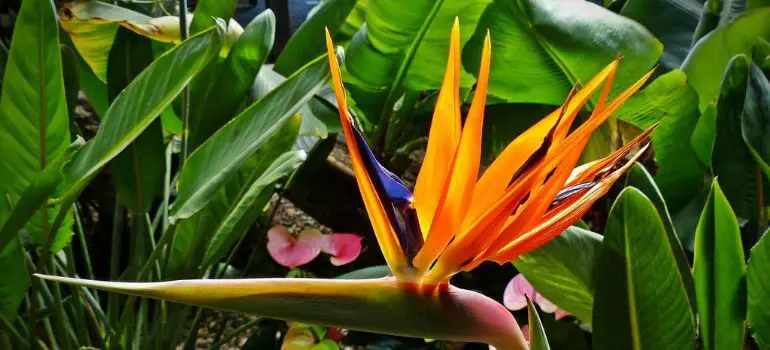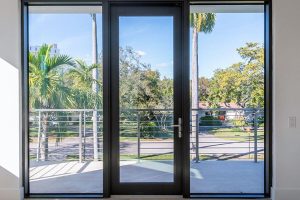Introduction
When it comes to adding a touch of the tropics to your garden or indoor space, two popular choices are the Traveler Palm and the Bird of Paradise. Both these tropical plants are known for their lush foliage and striking appearance. In this article, we will explore the differences and similarities between these two plants, helping you make an informed decision about which one is the right fit for your space.
Traveler Palm (Ravenala madagascariensis)
Overview
The Traveler Palm, also known as Ravenala madagascariensis, is native to Madagascar. It is famous for its unique fan-shaped leaves that resemble a giant hand. These palms can reach up to 30 feet in height and add a touch of elegance to any landscape.
Appearance
The most distinguishing feature of the Traveler Palm is its large, banana-like leaves that are arranged in a circular pattern, creating a stunning fan shape. These leaves can grow up to 15 feet in length, providing ample shade and a tropical ambiance.
Growth Requirements
Traveler Palms thrive in warm, tropical climates. They require well-drained soil and regular watering. These plants can tolerate some shade but grow best in full sun. If you live in a region with cold winters, you may need to protect your Traveler Palm from frost.
Bird of Paradise (Strelitzia reginae)
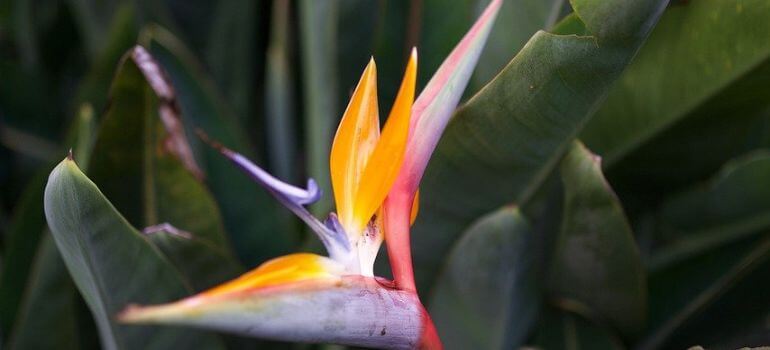
Overview
The Bird of Paradise, scientifically known as Strelitzia reginae, is another popular tropical plant. Native to South Africa, it gets its name from the stunning and colorful flowers it produces, which resemble the plumage of a tropical bird.
Appearance
The Bird of Paradise features large, banana-like leaves that are long and glossy. The real showstopper, however, is its vibrant and exotic flowers. The flowers are a combination of bright orange and blue, making them a focal point in any setting.
Growth Requirements
Bird of Paradise plants are more adaptable than Traveler Palms when it comes to temperature. They can tolerate mild frost and do well in a variety of climates. They prefer well-drained soil and bright, indirect sunlight.
Comparing Traveler Palm and Bird of Paradise
Now that we have a basic understanding of both plants, let’s compare them based on various factors:
1. Appearance
- Traveler Palm: Known for its fan-shaped leaves that provide excellent shade.
- Bird of Paradise: Renowned for its vibrant and exotic flowers.
2. Size
- Traveler Palm: Can reach up to 30 feet in height.
- Bird of Paradise: Typically grows up to 5 to 6 feet in height.
3. Growth Requirements
- Traveler Palm: Thrives in warm, tropical climates, requires full sun.
- Bird of Paradise: More adaptable to different climates, can tolerate mild frost.
4. Maintenance
- Traveler Palm: Requires regular watering and protection from frost.
- Bird of Paradise: Relatively low-maintenance, especially in milder climates.
Which One Is Right for You?
The choice between a Traveler Palm and a Bird of Paradise depends on your specific preferences and the climate in which you live. If you are looking for a dramatic and bold plant with unique foliage, the Traveler Palm might be your best choice. However, if you desire a plant that brings a burst of color with its vibrant flowers and can adapt to various conditions, the Bird of Paradise is a great option.
Consider your location, available space, and the level of maintenance you are willing to commit to when making your decision.
Caring for Your Traveler Palm
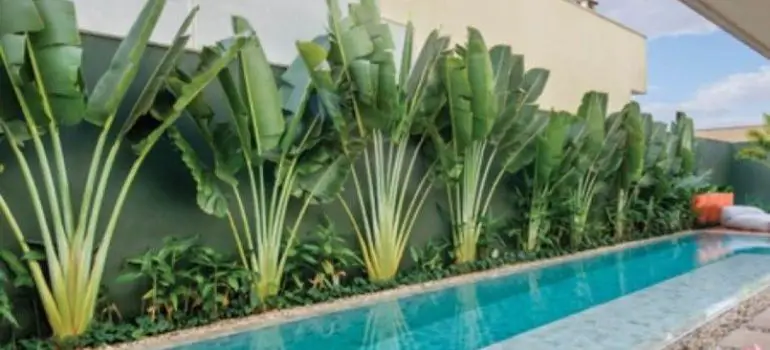
Soil and Watering
Traveler Palms thrive in well-drained soil. Make sure the soil does not become waterlogged, as this can lead to root rot. Water your palm regularly, especially during the growing season, but allow the top inch of soil to dry out between waterings. This plant is relatively drought-tolerant once established.
Sunlight
To ensure the best growth and appearance, place your Traveler Palm in a location that receives full sunlight. These plants love bright, direct sunlight, which encourages the development of their iconic fan-shaped leaves.
Fertilization
Feed your Traveler Palm with a balanced, slow-release fertilizer during the growing season (spring and summer). This will help promote healthy growth and vibrant green foliage. Avoid over-fertilization, as it can damage the plant.
Pruning
While Traveler Palms don’t require frequent pruning, you can trim dead or damaged fronds to maintain their appearance. Be cautious not to remove too many healthy leaves, as this can weaken the plant.
Protection from Frost
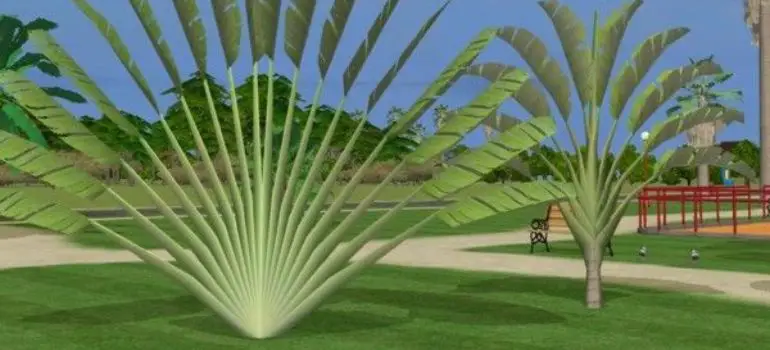
If you live in an area with occasional frost, consider protecting your Traveler Palm during the winter months. Covering it with a frost cloth or bringing it indoors can help prevent cold damage.
Caring for Your Bird of Paradise
Soil and Watering
Bird of Paradise plants prefer well-draining soil. Water them regularly, allowing the top inch of soil to dry out between waterings. They can tolerate occasional dry spells but do best with consistent moisture.
Sunlight
Bird of Paradise plants thrive in bright, indirect sunlight. They can tolerate some direct sunlight, especially in the morning, but too much intense sunlight can scorch their leaves.
Fertilization
Feed your Bird of Paradise with a balanced, water-soluble fertilizer every 2-4 weeks during the growing season (spring and summer). Reduce fertilization in the fall and winter when the plant’s growth slows down.
Pruning
Prune your Bird of Paradise as needed to remove dead or damaged leaves and encourage new growth. Regular pruning can help maintain the plant’s shape and appearance.
Pest Control
Keep an eye out for common pests like aphids, mealybugs, and spider mites. If you notice any infestations, treat the plant promptly with insecticidal soap or neem oil to prevent further damage.
Both Traveler Palms and Bird of Paradise plants can be excellent additions to your home or garden, bringing a touch of the tropics to your surroundings. With the right care and attention to their specific needs, you can enjoy their beauty for years to come.
Conclusion
In the end, both the Traveler Palm and the Bird of Paradise can add a touch of the tropics to your surroundings. Each has its own unique charm and features. By understanding their differences, you can make an informed choice and enjoy the beauty of these tropical plants in your own space.
FAQs
Yes, both can be grown indoors, but ensure they receive adequate sunlight.
Regular pruning is not necessary but can help maintain their shape and appearance.
They are sensitive to frost, so in cold regions, protection during winter is recommended.
Both plants prefer consistent moisture but not waterlogged soil. Water when the top inch of soil is dry.
They can be susceptible to aphids and spider mites; regular inspection is advisable.
ofparadise to your own garden or living space.
